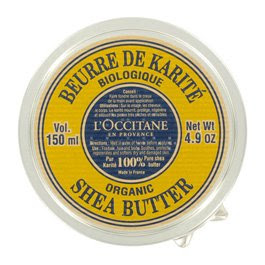For one closet I bought enough posts, shelves, and floor protectors for two complete shelves, which I figure I will have for the rest of my life. If I move, maybe they will go in the basement, maybe they will go in another closet- but they will definitely move with me, seeing as I paid 300 bucks for the two of them.
There's a New York Times article on these shelves, which are durable, practical, beautiful, and can be used in many different ways.
And here it is reprinted, just in case:
POSSESSED; Shelves That Bear The Weight of Time
By DAVID COLMANPublished: Sunday, August 19, 2007
IF you are tired of your morning commute and long for some middle ground between home and office, you are not alone. Look through the pages of Phaidon's mammoth new design survey, ''Contemporary World Interiors,'' where you will find hundreds of jaw-dropping, gravity-defying spaces by today's A-list of design -- Frank Gehry, John Pawson, Marcel Wanders, OMA, Herzog & de Meuron, to name but a few -- and you see that the greatest minds in design share your concerns.
Susan Yelavich, an assistant professor at Parsons the New School of Design, spent years compiling the book, and to her eye what unites the book's many projects is how they manage, even in avant-garde ways, to bring warmth and wit and domesticity to the grandest commercial projects. In other words, how they endow an industrial space with the human element of a home.
Ms. Yelavich has gone through this process herself, in an admittedly haphazard way. In 1977 she moved into a forlorn industrial loft in SoHo, and with her husband, Michael Casey, an artist and general contractor, she proceeded over the years to mold it into a space in which the starkly industrial and the cozily domestic struggle for a yin-yang balance.
''Can-do only takes you so far,'' she said of their amateur approach. ''There are awkwardnesses that I pretend are fine, but other people probably flinch. You know, the washing machine is behind the dining room table because the pipes are there.''
When she was asked to write the Phaidon book some five years ago, she realized that her home office at the center of the loft needed upgrading. She did not plan to acquire what may be the ultimate hybrid of domestic and industrial style; she just needed shelves. So she did what a loft owner does: she went to a Bowery restaurant supply and bought Metro shelving.
Patented by Louis Maslow in 1951 (he founded the Metropolitan Wire Goods Corporation in New York in 1929), the Erecta Shelf system was designed as a modular easy-to-assemble line for the home, available in black paint over steel or brass-plated steel.
But the line did not take off. In 1955 the company retooled to offer chrome-plated shelving designed for food service and medical applications. The result was a hit. Then in the early '70s, design-happy European consumers began using Erecta shelves in their pristine kitchens, a trend that caught on later in the decade in New York, where lofts, and industrial chic, were taking off. By the '80s, the Erecta shelf, known as Metro shelving, was It, the proud mark of the urban frontiersman who was not looking back.
''I realized when I was getting them that this was a memento from the '80s,'' she said. ''There was a sense of picking a cliché.''
But the shelves have stood the test of time. ''What I am interested in is the tension between the ideal and the real,'' Ms. Yelavich said. And the Erecta shelves suggest both the hardheaded pragmatism Ms. Yelavich exhibits for her work -- they are, she said, ''the sturdiest things in the apartment'' -- and the high-flown design idealism she writes about. (Despite the supreme look of utility, the wire shelves are less than practical when it comes to holding books upright and intact, but Ms. Yelavich worked around it, stacking them horizontally).
''They're perfect,'' she said. ''You know, I am a huge reader, and a lot of time is spent in my head, on the couch. So I don't just look at things. I read them. That's the tension with things in my life.''
Happily, her shelves are an open book.






